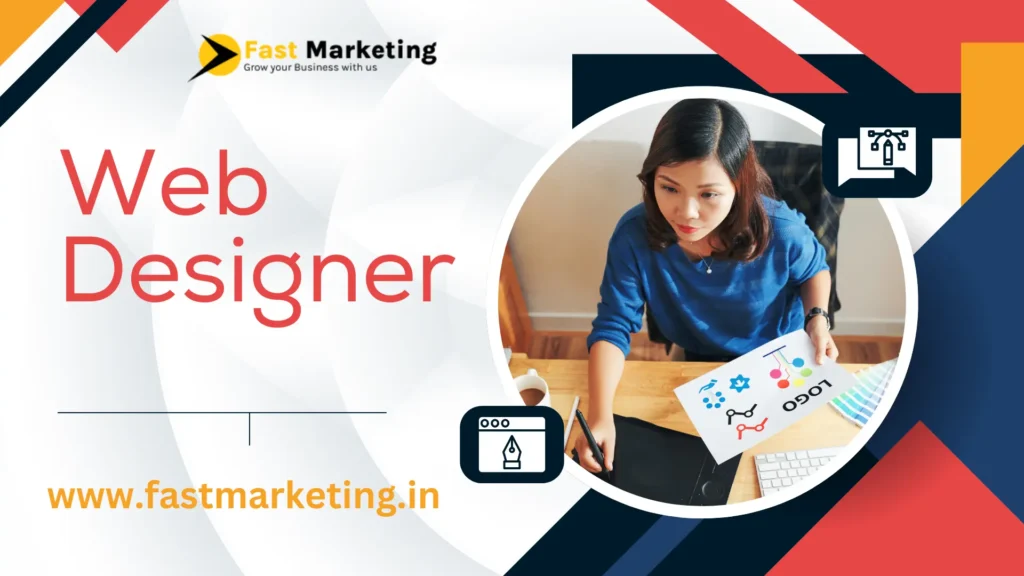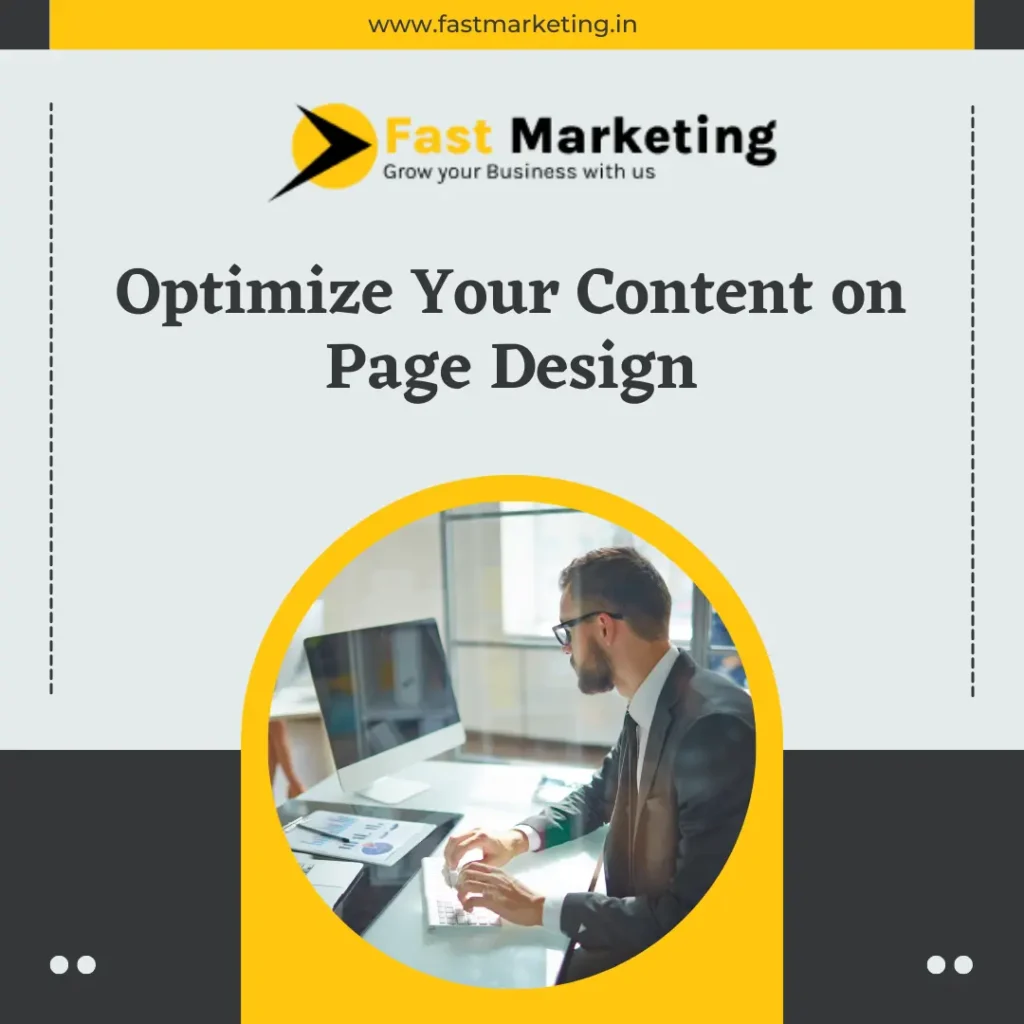Creating a web page design involves blending aesthetics and functionality to provide an engaging user experience.It starts with defining the purpose of the website and understanding the target audience. Designers create a wireframe to outline the layout, then align with the brand Select typography, color schemes and imagery. Tools like Figma, WordPress or coding languages like HTML, CSS and JavaScript help in building a site.Optimization for responsiveness, usability, and accessibility ensures seamless interactions across devices.Web page designs vary based on functionality and user needs. Static web pages provide fixed content, while dynamic web pages adapt based on user interaction.Single-page applications (SPAs) provide fluid navigation, and responsive designs ensure adaptability to screen sizes.E-commerce designs focus on product presentation and transactions, while portfolio and blog designs highlight creative work and articles. Each type has specific characteristics,Which are designed for businesses or individuals to achieve specific goals.
1. Create a Web Page Design
Define Goals
- Identify the purpose of the website (e.g., e-commerce, portfolio,Business, blog)
- Understand the target audience.
Ecommerce:When designing an e-commerce website, include well-organized product categories, a functional search bar, and a user-friendly checkout process with payment options to suit your customers’ preferences.
Portfolio:An effective portfolio website does not need many pages. It should showcase your projects, highlight your skills and experience, and include a contact form for easy client communication.
Blog: A blog website should present text in a clear, reader-friendly layout. Focus on organizing blog posts with intuitive categories and tags for easy navigation. Add a personal touch with an about page and prominently displayed social media icons.
2. Choose a Design Style
- Decide on typography, color schemes, and font types, branding elements.
- Select a layout style (e.g., grid-based, asymmetric, minimalistic).
Color Scheme
Picking the right color scheme is a key step in designing a website. A signature color, like Coca-Cola’s well-known red, can make your brand stand out and be easy to recognize. this web page design Colors create a strong first impression and can influence how visitors feel about your site.

Your brand’s main color should reflect your identity and purpose. For example, blue is often linked to trust, while green feels natural and calming. Supporting colors should complement your main color to keep the design balanced and pleasing to the eye.
Make sure your color choices improve readability by using high contrast between text and background. Also, keep accessibility in mind so your website works well for everyone.
A well-chosen color scheme can make your brand memorable, guide visitors through your site, and leave a lasting impact.
Font Types
Choosing the right font style is essential to match your website’s tone and color scheme. For businesses aiming to appear professional and serious, classic fonts like Arial or Helvetica are often the go-to choice. These styles convey reliability and clarity, perfectly complementing a polished design.
For a modern or fun website, try using creative or unique fonts to match the playful tone. Abstract or quirky fonts can help your site stand out and show personality.
When choosing a font, make sure it fits your brand and is easy to read. Bold, creative fonts are great for headlines, but simpler fonts work better for body text to keep everything clear.
Many website builders, like Wix, offer a wide range of font options. You can easily try different styles and see how they look before deciding. the web page design this makes it simple to find the perfect font that works with your design and message.
Remember, your font is part of your website’s identity. The right choice will make your content engaging, professional, and aligned with your brand’s vibe the web page design
3. Select a Template
Choosing the right template is an important step in designing your website. Templates provide a ready-made layout that saves time and effort. Look for one that suits your website’s purpose, whether it’s for a business, portfolio, blog, or e-commerce.
Here are some tips:
- Match Your Style: Pick a template that reflects your brand’s tone—professional, creative, or fun.
- Ensure Functionality: Choose a layout that works for your content, like image galleries for portfolios or product grids for online stores.
- Mobile-Friendly: Make sure the template is responsive and looks great on all devices.
- Customization Options: Select a template that lets you adjust colors, fonts, and other features to match your brand.
4. Optimize Your Content
Once you’ve added your web page design and content, it’s time to focus on optimizing your site design. A well-optimized website enhances the user experience and makes it easier for search engines like Google to rank your site positively.

Make your site user-friendly -Focus on structure, layout, and user experience to ensure your site is simple and easy to navigate on your web page design
Speed up your website-Compress images and large files, and avoid overloading pages with too much content to ensure your website loads quickly and provides a smooth experience for visitors for web page design
Speed up your website-Compress images and large files, and avoid overloading pages with too much content to ensure your website loads quickly and provides a smooth experience for visitors.
Consider mobile users-Since about half of web traffic comes from mobile devices, ensure your site is optimized for all screen sizes. Preview and adjust your design to work seamlessly on desktops, tablets, and smartphones.
5. Types of Web Page Designs
Static Web Pages
Static web page design are straightforward, fixed-content pages that don’t change or adjust based on user interaction. Typically built with HTML and CSS, the content stays the same unless updated manually by the developer.
Key Features of Static Web Pages:
- Fixed Content: The content displayed is constant, and users always see the same information.
- Fast Loading: Since there’s no need to process complex server requests, static pages load quickly.
- Easy to Build: Static pages are straightforward to design and require no back-end programming.
- SEO-Friendly: Static pages are usually optimized for search engines since they have predictable URLs and content.
When to Use Static Web Pages:
- Ideal for small websites with few pages, such as personal portfolios, blogs, or informational websites.
- Best for displaying content that doesn’t require frequent updates or user interaction, like contact details, company info, or simple landing pages.
Static web pages are a great choice when speed, simplicity, and performance are key priorities. However, for sites requiring dynamic content or user interaction, you may need a dynamic website instead.
Dynamic Web Pages
Content changes based on user interaction or data.
Technologies: PHP, JavaScript, and database systems (MySQL).
Single-Page Applications (SPA)
All content is loaded dynamically without web page design reloads.
Technologies: React, Angular, or Vue.js.
Responsive Design
Adapts to various screen sizes for mobile, tablet, and desktop devices.
Techniques: Using media queries in CSS.
E-commerce Design
Focused on showcasing and selling products.Features:
Product pages, shopping carts, payment gateways.





